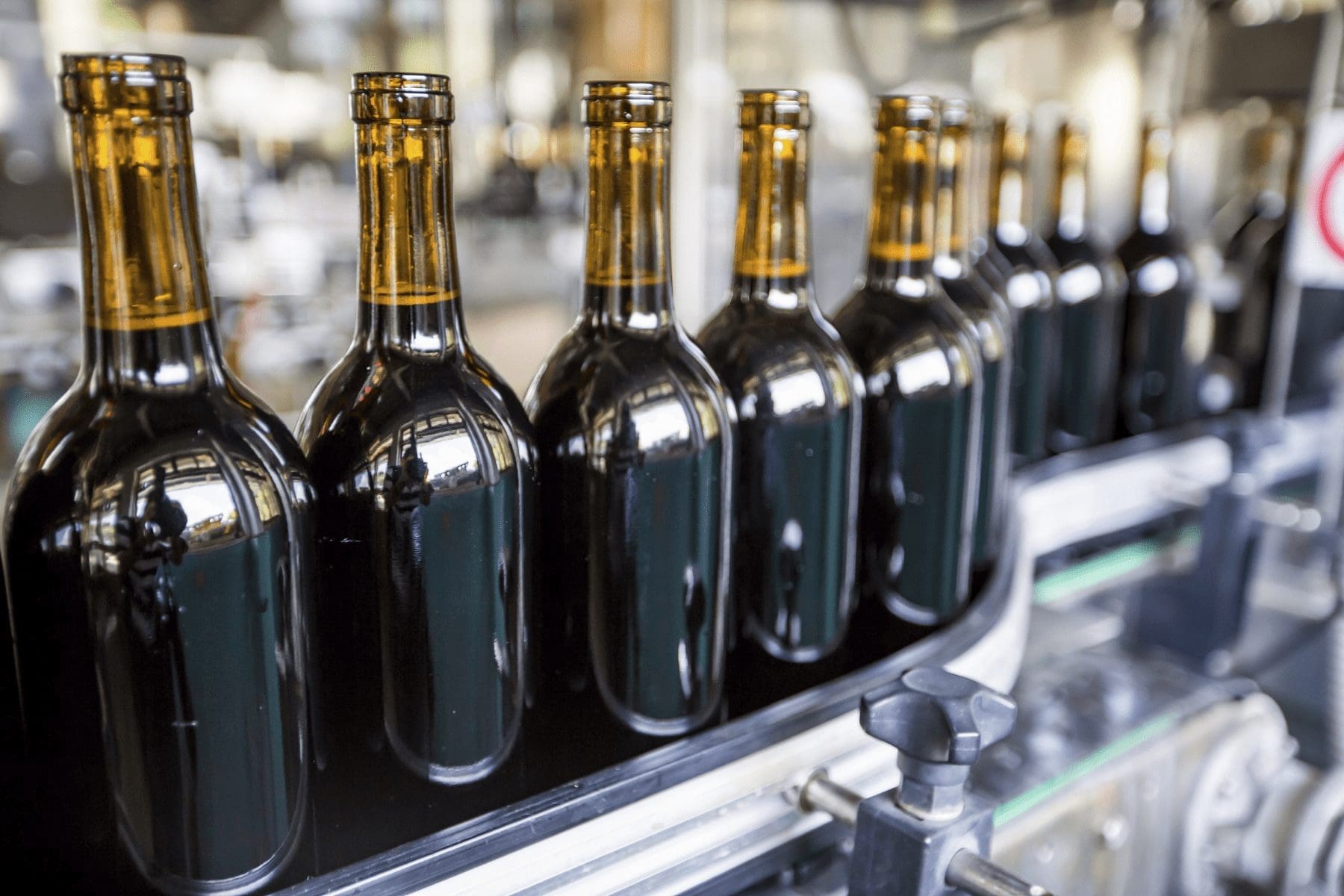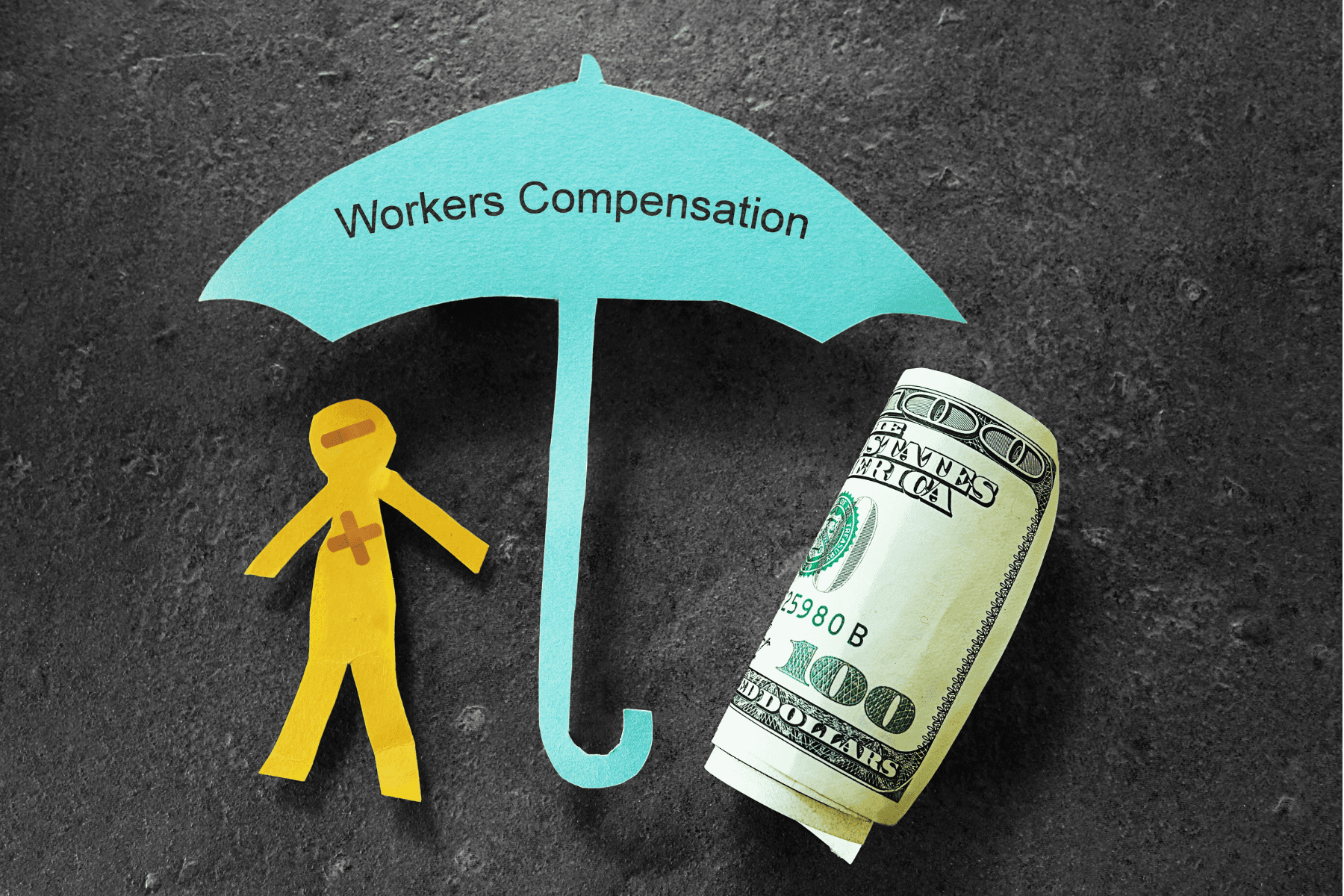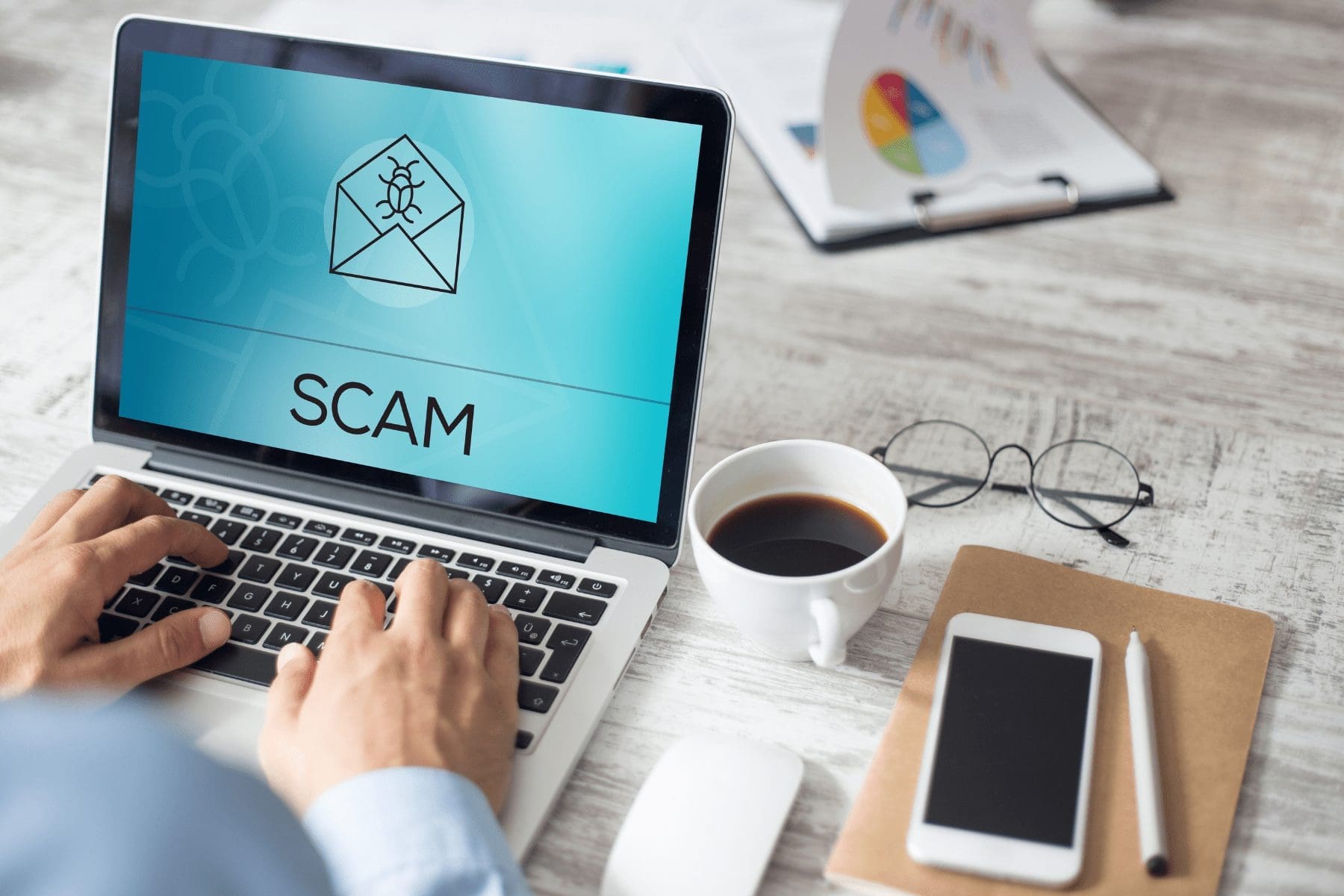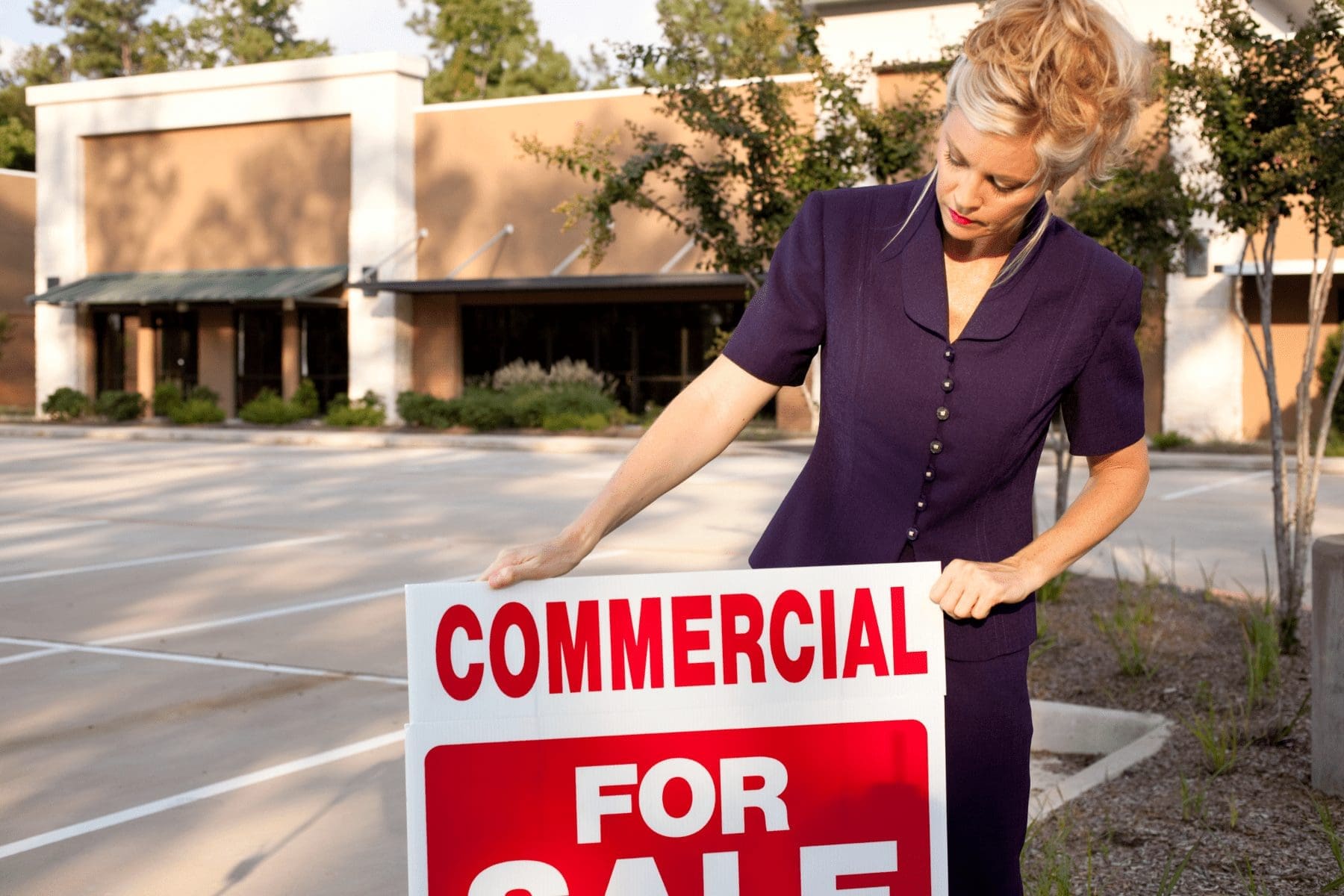Common Restaurant Risks
-
- Property exposures in restaurants are substantial and can come from many sources, including equipment failures, food spoilage, natural disasters, customers, employees, and other third parties. When discussing property exposures, fire and water damage are of particular concern. Restaurants face an elevated level of risk due to things like open flames, the wide use of combustible items (e.g., tables, chairs, and linens), complex HVAC systems, sewer backups, and appliances connected to water lines (e.g., dishwashers).
- Restaurants depend on functioning equipment to service their customers effectively. In the face of an equipment breakdown (e.g., refrigeration unit leaks and cooking appliance malfunctions), restaurants can experience business interruptions or even prolonged closures. What’s more, equipment breakdowns can even lead to significant property damage should an appliance leak or start a fire, compounding the cost for your business.
- Crime can be a challenge for restaurant owners, mainly because their operations often have steady cash flowing in and out. To make matters worse, thieves can strike at any time, leaving owners to recoup any lost funds or equipment. In this day and age, thieves (including your employees) do not need direct access to cash to steal from you—merchandise, supplies, and securities are all fair game. What’s more, the location of a restaurant and its hours of operation can have a significant impact on its level of crime risk.
- As a restaurant owner, you are responsible for property that traditional insurance may not cover. Inland marine coverage can fill these gaps in commercial property protection. Without an inland marine policy, property that’s unique or valuable, in transit, in your temporary care, stored at fixed (but movable) locations, or used to transfer information represents significant exposures. Specifically for restaurateurs, inland marine insurance can provide much-needed protection for accounts receivable, computer equipment, data and records, food transported to various locations, and food trucks.
- Premises liability exposures at restaurants can directly affect patron safety, and when injuries occur at your business, you could be held responsible. Accidents related to slips, trips, falls, burns and scalds; and cuts are common and a significant source of concern. Something as simple as a hot plate, a spilled drink, or an uneven surface can lead to costly insurance claims following an accident.
- Food safety is an essential consideration for restaurant owners and a primary source of food and product liability. The potential for food poisoning, contamination, spoilage, and allergic reactions is ever-present, making continued customer safety a challenge. Suppose one of your customers becomes ill due to your food or accidentally ingests a foreign object found in one of your menu items. In that case, your restaurant could face legal ramifications and suffer irreversible reputational damage.
- Lawsuits related to liquor liability are filed each day, and it’s increasingly common for victims and their families to file suits against restaurants for their role in serving a customer who is then involved in an alcohol-related accident. All it takes is a single liquor liability claim to put your entire business at risk. Liquor liability exposures for restaurant owners can stem from selling liquor to underage individuals, overserving patrons, and non-compliance with applicable legislation.
- Continuity is critical in business, and there are few things more important than continuous revenue and cash flow, particularly for small to medium-sized organizations. One brief business interruption can be incredibly costly for an organization, often leading to severe reputational damages or long-term closures. Common interruptions for restaurants can include natural disasters, fires, food recalls, cyber events, staff shortages, and supplier issues.
- Restaurants are a common target for cybercriminals, as these businesses often process a high volume of credit and debit card information. In addition, employees who are improperly trained in computer and data security could expose your organization to ransomware, viruses, phishing scams, and malware. Compounding your exposures, many restaurants offer guest Wi-Fi that, if improperly secured, can put you and your guests at risk of an attack.
- Depending on your restaurant’s services, employees may be required to operate a vehicle on behalf of your business, creating automobile exposures in the process. While necessary for daily operations, the improper use of a vehicle can lead to potential accidents and significant insurance claims. Standard auto policies are often not enough if you allow employees to use their vehicles for work. Additionally, valet parking can also create unforeseen challenges if a customer’s vehicle gets damaged.
- On-the-job accidents at restaurants can lead to costly workers’ compensation claims. There are several risks to account for, including cuts and burns; slips, trips, and falls; ergonomic-related hazards; workplace violence; and drive-thru exposures. Things like improper lifting techniques, poor knife safety, and inadequate training can all cause your employees to suffer an injury on the job—disrupting your business and negatively impacting your bottom line.
Common Restaurant Risks
-
- Property exposures in restaurants are substantial and can come from many sources, including equipment failures, food spoilage, natural disasters, customers, employees, and other third parties. When discussing property exposures, fire and water damage are of particular concern. Restaurants face an elevated level of risk due to things like open flames, the wide use of combustible items (e.g., tables, chairs, and linens), complex HVAC systems, sewer backups, and appliances connected to water lines (e.g., dishwashers).
- Restaurants depend on functioning equipment to service their customers effectively. In the face of an equipment breakdown (e.g., refrigeration unit leaks and cooking appliance malfunctions), restaurants can experience business interruptions or even prolonged closures. What’s more, equipment breakdowns can even lead to significant property damage should an appliance leak or start a fire, compounding the cost for your business.
- Crime can be a challenge for restaurant owners, mainly because their operations often have steady cash flowing in and out. To make matters worse, thieves can strike at any time, leaving owners to recoup any lost funds or equipment. In this day and age, thieves (including your employees) do not need direct access to cash to steal from you—merchandise, supplies, and securities are all fair game. What’s more, the location of a restaurant and its hours of operation can have a significant impact on its level of crime risk.
- As a restaurant owner, you are responsible for property that traditional insurance may not cover. Inland marine coverage can fill these gaps in commercial property protection. Without an inland marine policy, property that’s unique or valuable, in transit, in your temporary care, stored at fixed (but movable) locations, or used to transfer information represents significant exposures. Specifically for restaurateurs, inland marine insurance can provide much-needed protection for accounts receivable, computer equipment, data and records, food transported to various locations, and food trucks.
- Premises liability exposures at restaurants can directly affect patron safety, and when injuries occur at your business, you could be held responsible. Accidents related to slips, trips, falls, burns and scalds; and cuts are common and a significant source of concern. Something as simple as a hot plate, a spilled drink, or an uneven surface can lead to costly insurance claims following an accident.
- Food safety is an essential consideration for restaurant owners and a primary source of food and product liability. The potential for food poisoning, contamination, spoilage, and allergic reactions is ever-present, making continued customer safety a challenge. Suppose one of your customers becomes ill due to your food or accidentally ingests a foreign object found in one of your menu items. In that case, your restaurant could face legal ramifications and suffer irreversible reputational damage.
- Lawsuits related to liquor liability are filed each day, and it’s increasingly common for victims and their families to file suits against restaurants for their role in serving a customer who is then involved in an alcohol-related accident. All it takes is a single liquor liability claim to put your entire business at risk. Liquor liability exposures for restaurant owners can stem from selling liquor to underage individuals, overserving patrons, and non-compliance with applicable legislation.
- Continuity is critical in business, and there are few things more important than continuous revenue and cash flow, particularly for small to medium-sized organizations. One brief business interruption can be incredibly costly for an organization, often leading to severe reputational damages or long-term closures. Common interruptions for restaurants can include natural disasters, fires, food recalls, cyber events, staff shortages, and supplier issues.
- Restaurants are a common target for cybercriminals, as these businesses often process a high volume of credit and debit card information. In addition, employees who are improperly trained in computer and data security could expose your organization to ransomware, viruses, phishing scams, and malware. Compounding your exposures, many restaurants offer guest Wi-Fi that, if improperly secured, can put you and your guests at risk of an attack.
- Depending on your restaurant’s services, employees may be required to operate a vehicle on behalf of your business, creating automobile exposures in the process. While necessary for daily operations, the improper use of a vehicle can lead to potential accidents and significant insurance claims. Standard auto policies are often not enough if you allow employees to use their vehicles for work. Additionally, valet parking can also create unforeseen challenges if a customer’s vehicle gets damaged.
- On-the-job accidents at restaurants can lead to costly workers’ compensation claims. There are several risks to account for, including cuts and burns; slips, trips, and falls; ergonomic-related hazards; workplace violence; and drive-thru exposures. Things like improper lifting techniques, poor knife safety, and inadequate training can all cause your employees to suffer an injury on the job—disrupting your business and negatively impacting your bottom line.
The Last Word
Proper risk management practices can reduce certain exposures, but no system is 100% effective in ensuring an incident-free workplace. As a result, it’s all the more crucial to work with a trusted insurance professional to assess your unique exposures. To learn more, contact a InsureGood Advisor today.





